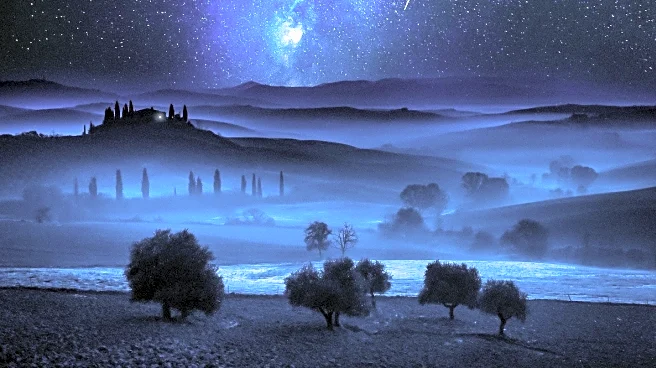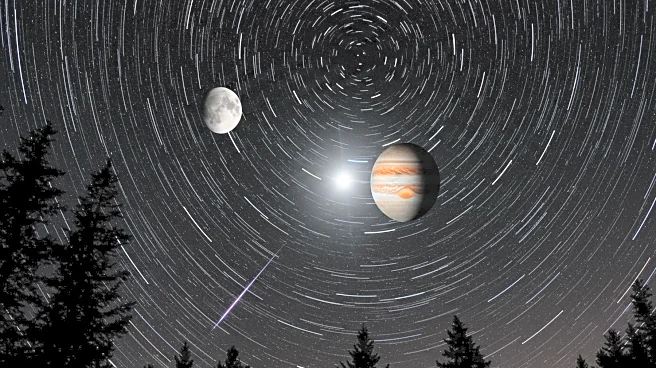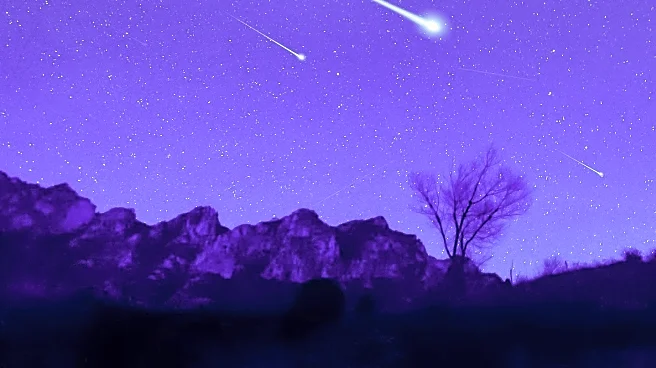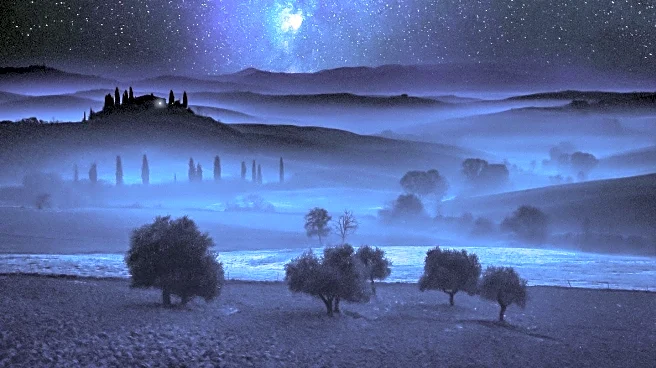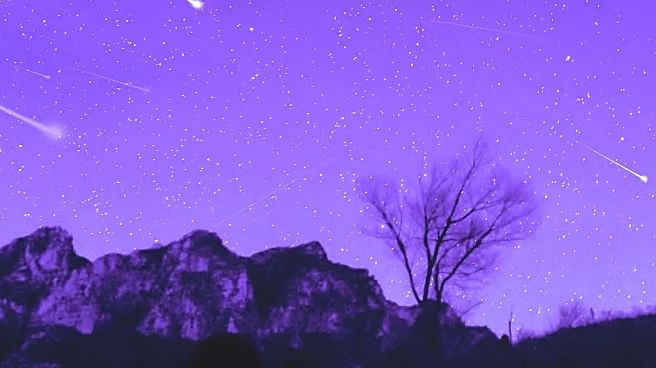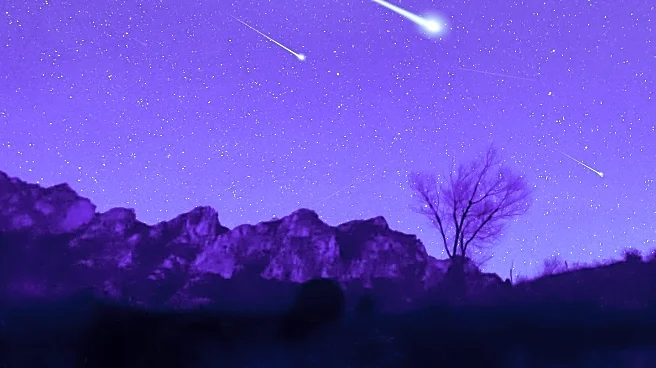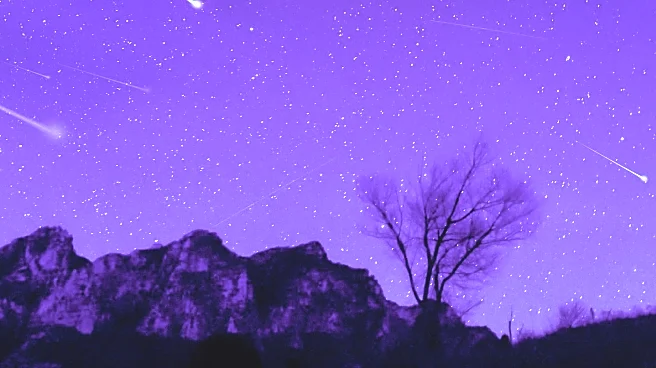Rapid Read • 8 min read
The Perseid meteor shower, one of the most anticipated celestial events of the year, is set to peak on the night of August 12-13, providing skywatchers in Washington state and the Northern Hemisphere with the chance to observe between 50 and 100 meteors per hour. Known for its bright fireballs and colorful trails, the Perseid meteor shower originates from the comet 109P/Swift-Tuttle. Despite the moon being 84% full, which may obscure some weaker meteors, strong and bright meteors will still be visible. The National Weather Service forecasts mostly clear skies across Washington, enhancing viewing conditions for this event.
AD
The Perseid meteor shower is a significant event for astronomy enthusiasts and the general public alike, offering a unique opportunity to witness the beauty of space debris interacting with Earth's atmosphere. This event not only captivates viewers but also serves as a reminder of the vastness and complexity of the universe. The clear skies predicted in Washington state will allow for optimal viewing conditions, encouraging outdoor activities and gatherings centered around stargazing. Such events can foster interest in astronomy and science, potentially inspiring future generations to explore these fields.
As the Perseid meteor shower continues to be active until August 23, those interested in viewing should plan to find dark locations away from light pollution for the best experience. The American Meteor Society suggests that the best viewing times are during pre-dawn hours, although meteors can be seen starting from 10 p.m. local time. Stargazers are encouraged to travel to wilderness areas or campgrounds with dark skies to maximize their viewing experience. The event may also prompt educational programs and discussions about astronomy and space science.
The Perseid meteor shower not only provides a visual spectacle but also highlights the ongoing interaction between Earth and cosmic debris. This event underscores the importance of understanding celestial mechanics and the role of comets and asteroids in shaping our solar system. It also presents an opportunity to reflect on the cultural significance of meteor showers, which have been observed and celebrated by various civilizations throughout history.
AD
More Stories You Might Enjoy
